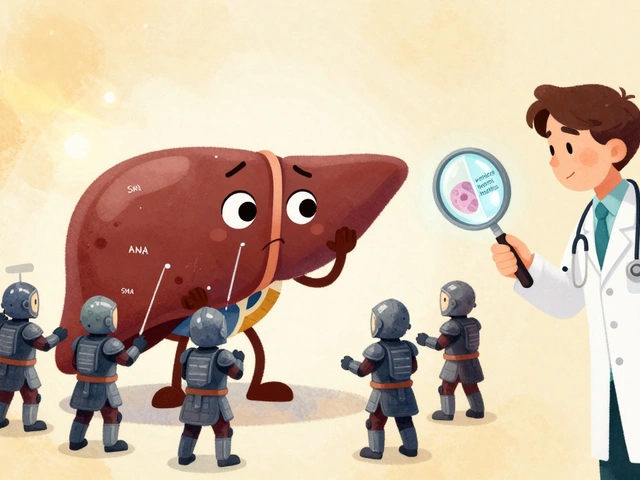
Clomid: What It Is, How It Works, and What You Need to Know
When people talk about Clomid, a prescription fertility medication used to stimulate ovulation in people with irregular or absent ovulation. Also known as clomiphene citrate, it’s one of the most commonly prescribed drugs for couples trying to conceive when ovulation is the main barrier. Unlike IVF or injections, Clomid is taken orally, is relatively low-cost, and has been used for over 60 years. It doesn’t create eggs—it tells your body to make more of the signals that trigger egg release.
Clomid works by blocking estrogen receptors in the brain, which tricks your body into thinking estrogen levels are low. In response, your pituitary gland releases more follicle-stimulating hormone (FSH) and luteinizing hormone (LH), which then push the ovaries to develop and release an egg. This is called ovulation induction, a medical process used to stimulate egg development in people who don’t ovulate regularly. It’s not a magic pill—it only helps if the root issue is lack of ovulation, not blocked tubes, low sperm count, or other causes of infertility.
People who take Clomid often track ovulation with at-home tests or ultrasound scans. Success rates vary: about 80% of users ovulate, but only 10–12% get pregnant per cycle. That’s why doctors usually limit use to 3–6 cycles. If it doesn’t work, they move to stronger options like injectables or IVF. Side effects are common but usually mild—hot flashes, mood swings, bloating, and headaches. Rarely, it can cause multiple pregnancies or ovarian hyperstimulation. It’s not meant for long-term use, and it doesn’t fix underlying hormonal imbalances like PCOS—it just forces ovulation for a cycle or two.
Clomid is often paired with timing intercourse or IUI to boost chances. It’s not a substitute for testing—you still need to check if your partner’s sperm count is normal, if your tubes are open, and if your thyroid or prolactin levels are in range. Many people start with Clomid because it’s simple and affordable, but it’s not the right first step for everyone. If you’re on Clomid and not getting results, it’s not you failing—it’s just that your body needs a different approach.
Below, you’ll find real-world guides on how Clomid fits into broader treatment plans, what to expect when you start, how it compares to other fertility drugs, and how to manage side effects without guessing. These aren’t ads or generic advice—they’re practical, evidence-based insights from people who’ve been through it.
-
18 Nov







